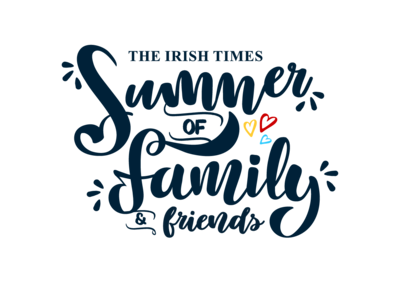
I was recently reading a book about art and the climate crisis when I read something that stopped me in my tracks; a weed, it read, is just a plant “growing where it is not valued”.
I love reading about the natural world. Not only because it is very calming (really it is), but because so often it mirrors how we interact as humans in our societies.
A while back I listened to a podcast about moss. Moss, you may or may not be surprised to hear, is extraordinarily interesting. The plant does not have a root system and because of this grows on surfaces – that’s why you see its green slimery on rocks or up your lovely brick work. This is an adaptive technique that moss has developed so that it won’t be out-competed by plants that do have root systems in environments such as soil, in which this would be an advantage.
Humans – we are not so dissimilar. We look at our biology, our environment, our competition in an attempt to structure our lives in a manner that means we too will not be out-competed. How will we dress? What career will we follow? Who will we mate with?
Of course, we are not a species that exists separate to or above the natural world, but within it. Naturalist John Muir wrote: "When we try to pick out anything by itself, we find it hitched to everything else in the universe."
Reading about the natural world can tell us a lot about how we as humans exist within this world.
But the above revelation felt like a paradigm shift. These were not the weeds I knew. I had always believed that weeds were the baddies and flowers the goodies. Daffodil, flower. Nettle, weed. Dandelion, bad. Tulip, good. These are the fundamental lessons we learn as children that enable us to frame the world around us. Or so I thought.
Social construct
Perhaps, I considered, I had misinterpreted the book. I took out the mini-internet in my pocket to research what I had read. Sure enough, I was provided the same answer; a weed is merely a “plant out of place”, “growing where it’s not wanted”.
Unbelieving, I did what I usually do, I rang my dad.
“Weeds,” he laughed, “they are a social construct. Those wild flowers we now plant in roundabouts and scatter fashionably across our lawns, we called them weeds five years ago”
I thought about the pictures and videos of wild garlic that flooded my Instagram feed. The recipes for pesto, and pasta, and potato salads. How our wholesome foodie influencers lauded the plant, lifting it to their preened nasal passages, sniffing it, placing the blended leaves in neat little glass jars. That was a weed not long ago.
I read further; the common dandelion “is known as an invasive weed”, the National Gallery website informed me. “It produces a large amount of pollen so bees adore them.”
One man’s weed…?
Of course, some weeds can interfere with human activity. They can be poisonous, cause harm to animals, host plant disease or insect pests, but it is not this that defines a weed. A weed is merely a plant we don’t want to be there. An orchid can be a weed,if unwanted.
The Britannica website states: ‘Some unwanted plants later were found to have virtues not originally suspected and so were removed from the category of weeds and taken under cultivation. Other cultivated plants, when transplanted to new climates, escaped cultivation and became weeds or invasive species. The category of weeds thus is ever changing, and the term is a relative one.”
Fickle
Categories of weeds appear to be rather fickle, and based largely on human convenience. If a plant is blocking the way of a car’s path it may be considered a weed even if it may be the home or food source to other life forms.
A plant that may have no perceived human use may be considered a weed and its virtues overlooked until it becomes of human use.
Maybe I just consider the plant in my garden to be ugly and want it removed. Maybe you like it.
It’s funny, isn’t it, how this chimes with human behaviour. How we make people feel like weeds when we believe them to be out of place.
But they are not weeds at all. Weeds are a social construct.
We all belong in this ecosystem.











